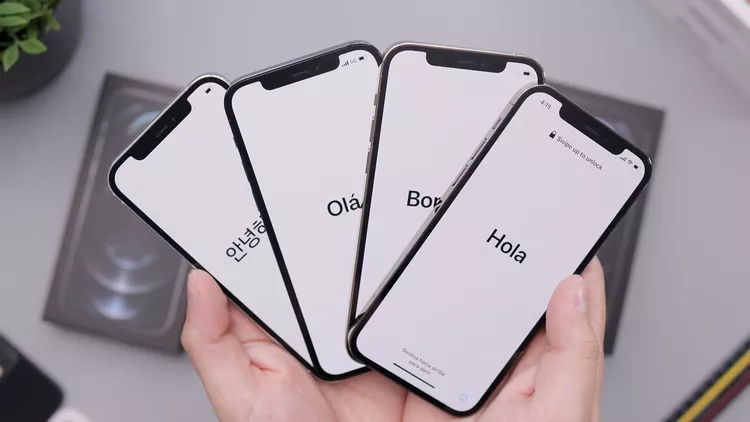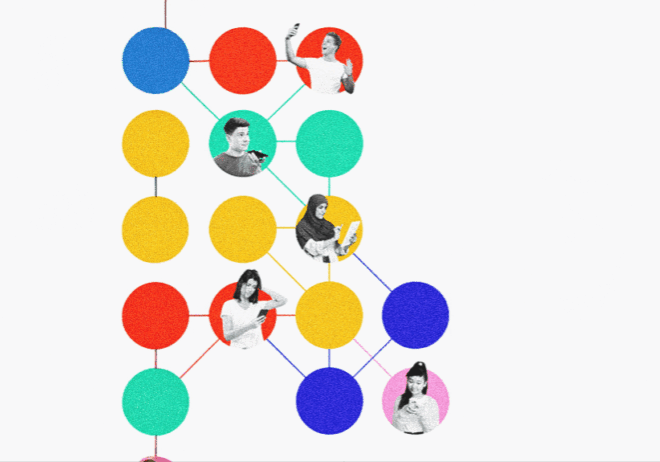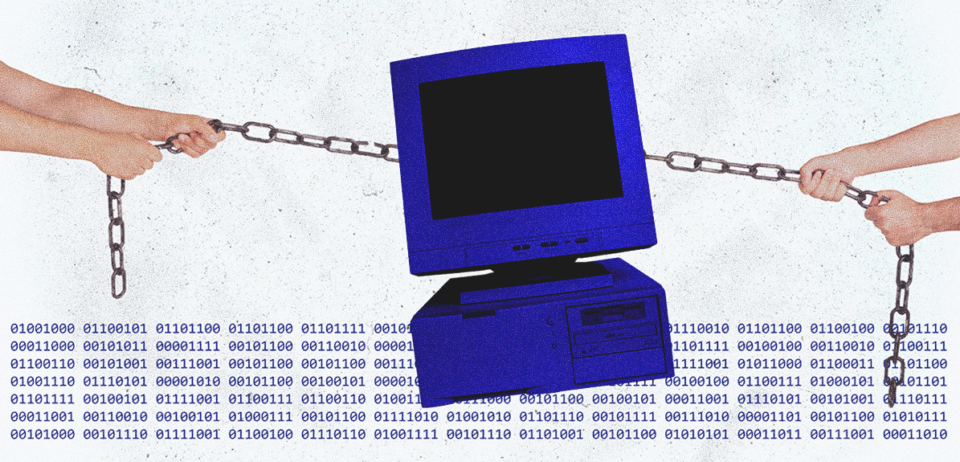
The Hidden Power of Post-Purchase Experience in Driving Retention
The sale used to be the finish line. Today, it’s only the starting line. In a crowded marketplace where products look the same and ads blur together, the post-purchase experience has become the true battlefield for loyalty. What happens in the hours, days, and weeks after customers click “buy” will determine whether they become a one-time buyer…or a lifelong advocate.
The smartest brands know this. They’re reinventing onboarding and delivery as extensions of the brand story: Transforming setup into celebration, packages into invitations, and customers into believers.
Rethinking the post-purchase experience
When that package shows up at your door, you are excited! Your expectations are sky high! And what happens next? Do you just get a generic email? Or maybe nothing at all?
Imagine instead a personalized experience that makes you feel like you’ve joined something bigger. That first experience after purchase, onboarding, is either the first spark in building a lifelong relationship with the brand or the moment you forget about it entirely.
The most forward-thinking brands are throwing away the post-purchase playbook and creating a new one, turning every delivery into an invitation, every setup into a celebration, and every product into part of a living, breathing experience.
This is more than just a retention strategy; it is an emotional reset about how brands treat their customers.
Why are the first 30 Days more critical than the first impression
That warm glow of spending money with confidence doesn’t last forever. The minute the customer checks out, that warm glow transforms into a hefty dose of buyer’s remorse. This product may not be worth the price—was it even the right product?
This time frame—generally the first 30 days—is make-or-break. If you crush the onboarding experience, you will convert curiosity into conviction. If you butcher it, you will watch customers churn before they have had the chance to fall in love with your brand.
Think about how brands like Peloton onboard users. They don’t just ship a bike and hope for the best, but provide setup guidance, personalized workout suggestions, and a built-in community. This means users can see value on day one, not week four.
Onboarding as a loyalty engine: Three pillars that drive results
Loyalty is no longer built through points or punch cards but through high-value, frictionless experiences. Here are ways to leverage onboarding as a competitive advantage:
1. Educate to eliminate buyer’s remorse
Customers who know how to fully use your product are less likely to disengage or return it.
- Instead of providing lengthy PDF manuals, leverage strong, simple tutorials or welcome videos.
- Show quick wins—how they can see value immediately.
- Anticipate all of the common questions and answer them in advance.
A great example is Duolingo. They allow you to download the app, but they encourage the user into a personalized “first lesson streak” immediately, allowing for instant feedback and creating progress, where the user did not just download the app, but they were actually winning on day one.
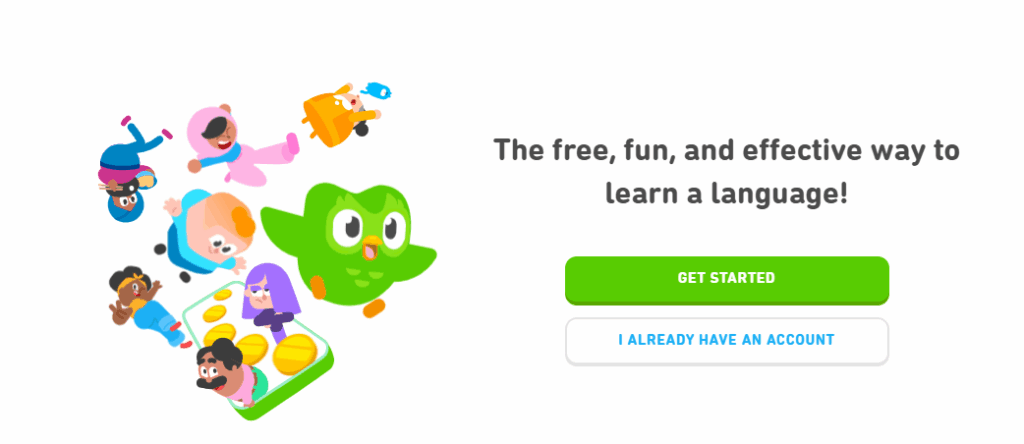
2. Personalize Every Touchpoint
Post-purchase journeys are not one-size-fits-all. Get creative with your data to segment customers and develop hyper-relevant onboarding flows:
- New user? Send them setup guidance
- Power user? Show them advanced features or communities
- High-value customer? Surprise them with exclusive perks or early access.
Just look at how Apple does it: when you buy an iPhone, your onboarding isn’t just “how to turn it on.” But that carrier transfers and curation of apps, and the welcome into the Apple ecosystem. The more they can do at this point to show that you didn’t buy a device—you bought a world.
3. Create emotional leverage
Facts tell, but feelings sell. The best onboarding helps customers feel good about their decision and part of something bigger:
- Celebrate milestones (“Your first 10 rides!”, “Your first recipe!”)
- Humanize the brand voice, and send real “notes,” not cold why-is-this-insert-here receipts.
- Help them get on a community platform where they can share wins, ask questions, and see real people using the product.t
Glossier is a pro at this, too. Their post-purchase experience doesn’t end with shipment updates. They actively encourage customers to show off selfies with products. This messaging attaches a level of community-first to their buyers and makes them ambassadors.
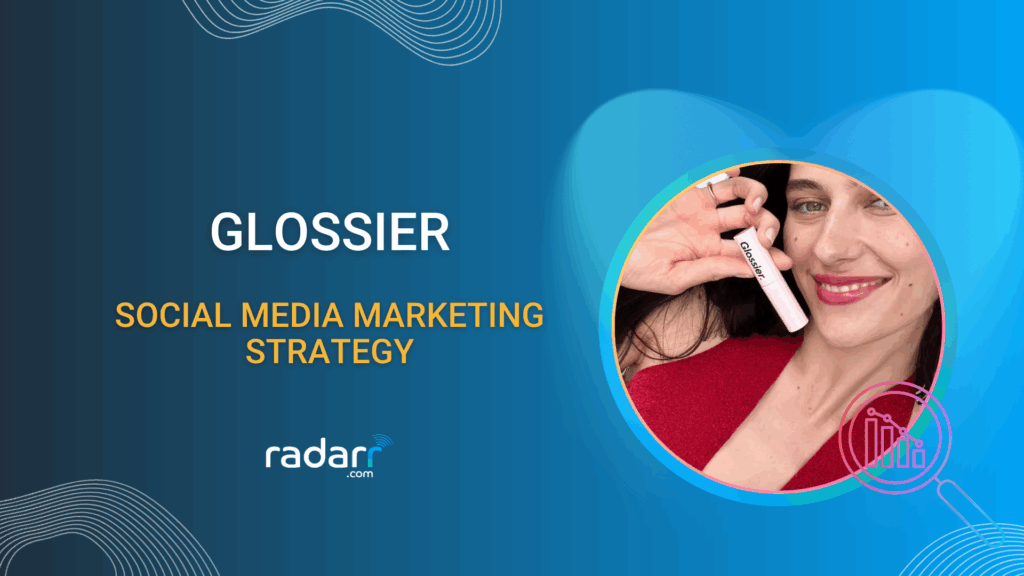
The four moves that turn onboarding into retention gold
Onboarding should never simply involve the check-box of “showing users which buttons to click.” It is an opportunity to create a memory that will lock in loyalty. When executed correctly, the onboarding experience can turn a transaction into a relationship and turn casual users into committed power users. Here are four ways to accomplish this:
- Start with spark: Make the first communication after purchase feel more personal. It could be a short video, using the customer’s real name, or even a fun GIF that acts resourcefully.
- Give real help quickly: Illustrate to customers the value they can gain from using the app quickly. This can be done with concise, easy-to-follow guides, demos, or in-app prompts that make sense to perform rather than being forced.
- Celebrate small wins: Create a concept of small wins based on the milestones created through setup that are too good not to share. “You are 75% finished; keep it up!” reinforces engagement, the fun of getting things done, and the concept of making progress.
- Listen, then pivot: When you check in for feedback, use this to learn if customers run into cobwebs while learning the product. Then, let them see how you created a new product based on their discussion: “We collected all the feedback and did this…”
These are not tricks or doodads by any means—they are levers of loyalty. When used in conjunction, they create a cadence that engages and builds rapport with each click.
How to know it’s working
Good onboarding is not only about ensuring the onboarding experience is smooth, but also something to measure.
Brands need to measure where and how customers engage with their onboarding support, how quickly they arrive at their “aha moment,” and if they are returning for another purchase or an upgrade. Even return rates tend to decrease when buyers feel supported from day one. The smartest brands also follow up directly and collect feedback on Days 7, 14, and 30 to identify friction early and address it quickly.
When these quantified measures start to move upward, it is not simply about moving products but rather about delivering confidence, building trust, and creating relationships for the long haul.
The emotional transition: Buyer to believer
The best onboarding journeys are stories, not checklists. They reassure buyers they made the right choice, educate them, course-correcting along the way so they feel in control, and surprise them just enough to make them smile. After, as part of the story, customers move from cautious outsiders to confident insiders—the kind that stays, spends more, and tells the world about you.
The Post-Purchase Revolution is not merely a catchphrase.
It is a reminder that the real magic occurs AFTER the sale! You can build onboarding as a loyalty engine with clarity, love, and a strategy. Customer demand aligned with your ideal customer will remain. Furthermore, they will remain with love.
Cut to the chase
Customer loyalty isn’t secured by discounts or punch cards. It’s engineered through a thoughtful post-purchase experience that reassures, delights, and engages customers long after checkout. The first 30 days are the proving ground, but the ripple effect lasts for years.
Retention is not chance, it’s design. Brands that treat onboarding as a loyalty engine will turn cautious buyers into confident insiders, the kind who stay, spend more, and spread the word.
